How to Compost at Home
Backyard Composting
Select a dry, shady spot near a water source for your compost pile or bin (In my photo below, I used recycled pallets to create one of my outdoor composts).
Add brown and green materials as they are collected, making sure larger pieces are chopped or shredded.
Moisten dry materials as they are added.
Once your compost pile is established, mix grass clippings and green waste into the pile and bury fruit and vegetable waste under 10 inches of compost material.
Optional: Cover top of compost with a tarp to keep it moist. When the material at the bottom is dark and rich in color, your compost is ready to use. This usually takes anywhere between two months to two years.
Napoleon and Toby, the two best Garden Protectors in all of the Land
Composting Basics
All composting requires three basic ingredients:
Browns - This includes materials such as dead leaves, branches, and twigs.
Greens - This includes materials such as grass clippings, vegetable waste, fruit scraps, and coffee grounds.
Water - Having the right amount of water, greens, and browns is important for compost development.
Your compost pile should have an equal amount of browns to greens. You should also alternate layers of organic materials of different-sized particles. The brown materials provide carbon for your compost, the green materials provide nitrogen, and the water provides moisture to help break down the organic matter.
What To Compost
Fruits and vegetables
Eggshells
Coffee grounds and filters
Tea bags
Nut shells
Shredded newspaper
Cardboard
Paper
Yard trimmings
Grass clippings
Houseplants
Hay and straw
Leaves
Sawdust
Wood chips
Cotton and Wool Rags
Dryer and vacuum cleaner lint
Hair and fur
Fireplace ashes

